I Woke Up at 4 AM to Surprise My Husband With Early Meal, Now I’m Looking for a Divorce Lawyer

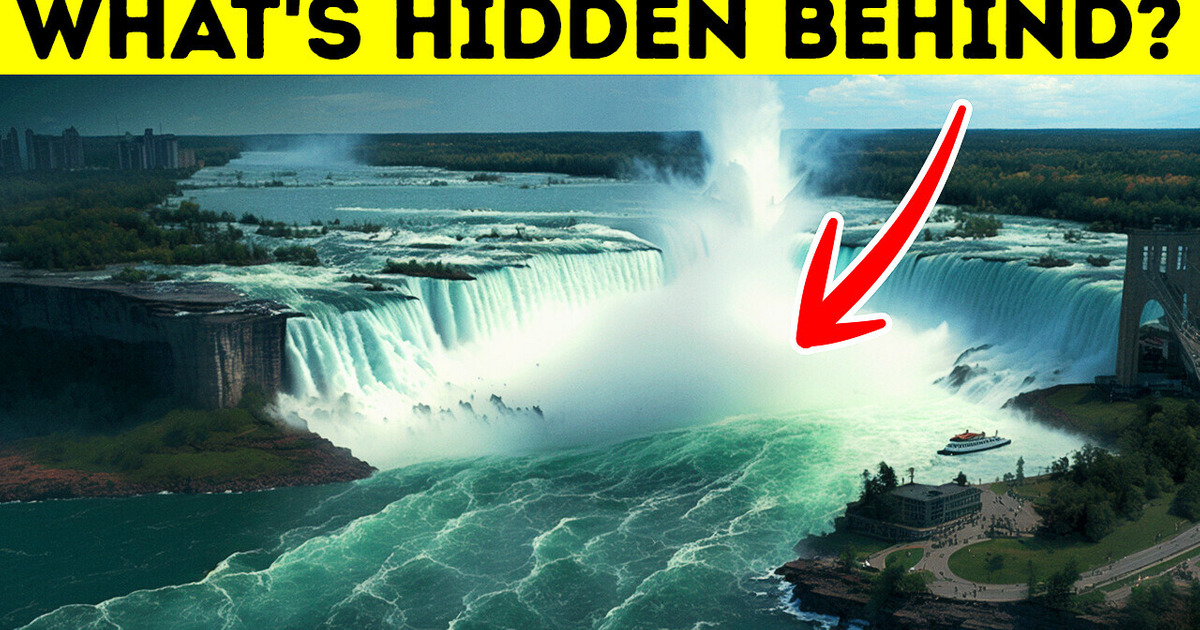
If you could get into the time machine and travel back to 1969, you’d see something spectacular! What you’re looking at isn’t some random desert. It’s one of the most powerful waterfalls — completely dry! In the summer and fall of 1969, the American side of Niagara Falls stayed without water. It lasted 6 months. Researchers wanted to study the rock face of the falls. They were afraid it was going to become too unstable because of erosion. Erosion is the process when natural forces, such as water and wind, wear away earthen materials. For example, if you see glacial ice become muddy, it means erosion is happening.
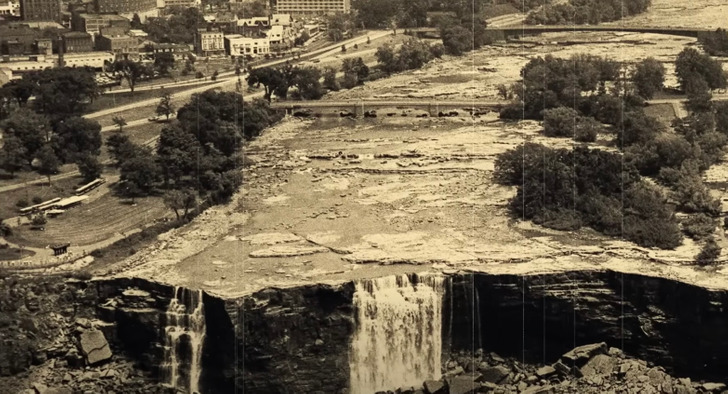
Three waterfalls that cross the international border between Canada and the United States together make something we know as magnificent Niagara Falls. The three waterfalls are the Horseshoe Falls, the American Falls, and the Bridal Veil Falls, in order from largest to smallest. The American Falls are fully on the American side, while the Horseshoe Falls are primarily on the Canadian side, divided by Goat Island. The Bridal Veil Falls — the smallest of them all — are on the American side but separated from the others by Luna Island. Don’t America and Canada have a cool natural border?
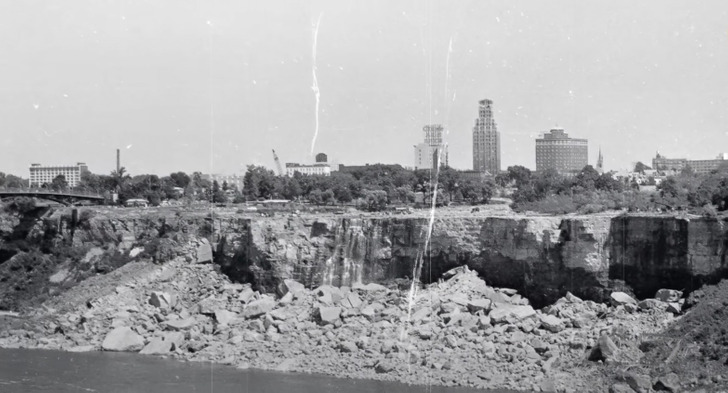
Many didn’t believe we could actually go against wild nature and stop such insane amounts of water from flowing. But we did it. It took a 600 feet dam across the enormous Niagara River to really shut down these astonishing falls. This means they had to divert 60,000 gallons of water every second so that the remaining flow traveled over the biggest Horseshoe Falls — yup, the ones that are completely on the Canadian side of the border. Over 27,000 tons of rock were used to construct that dam. And more than a thousand trucks carried that rock back in the hot summer of ’69. On June 12, the American Falls stopped after their continuous flow for more than 12,000 years. So the Horseshoe Falls then “took” the extra flow and absorbed it so that the research could be done.
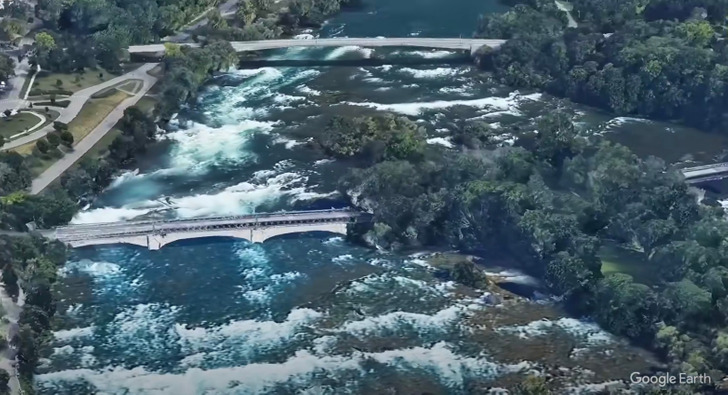
But the locals were still worried. They knew it wasn’t possible to control such amounts of water. They were afraid the water might take a different route and cause a catastrophic flood. They were worried that tourists wouldn’t come anymore if teams didn’t manage to make the waterfall flow again the way it used to. But tourists kept coming, even that summer. And they got a unique chance to see something no one had ever seen before or after. During that period, there even was a temporary walkway built only 20 feet away from the edge of the now-dry falls. It helped workers to clean the bottom of what used to be a river. So, tourists could go there and explore the wild landscape of the falls that was usually under the water — hostile and not accessible to visitors at all.
As they were exploring the dried bottom of the Falls, researchers stumbled upon millions of different coins people had thrown in the water over decades — maybe to make a wish or for some other purpose. Wow, a Niagara Falls Piggy Bank! They removed most of those coins. I wonder who got ‘em? But in the past couple of decades, more and more tourists have been coming here. Imagine all the things they could find now. More coins, of course, but also lost cameras, errant drones, cell phones, and other things careless visitors could accidentally drop in the waterfalls. The idea of removing all the water and turning Niagara Falls into a desert proved to be possible. But it may need to be done again. In 2020, the media reported that two pedestrian bridges in Niagara Falls needed to be either replaced or repaired. No wonder, since they’re almost 120 years old. These bridges are located above the rapids. Experts discussed whether they should divert the water once again or not.
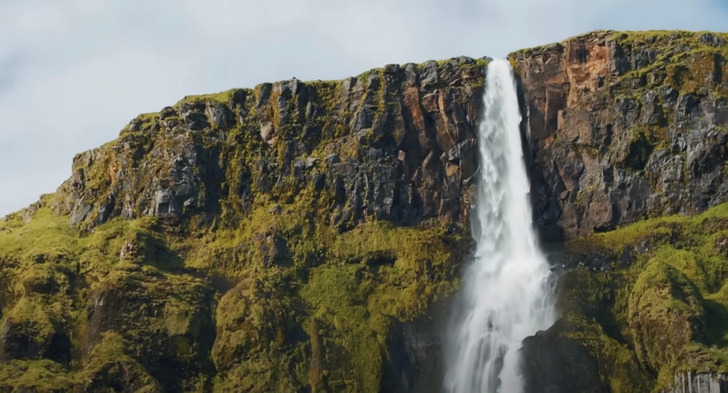
People talk about Niagara Falls a lot, and some believe they’re among the tallest waterfalls in the world. But the truth is — they’re not. They’re famous, precious, and breathtaking, but when it comes to height, there are nearly 500 other waterfalls across the globe that are “taller” than Niagara. Let’s take the Angel Falls in Venezuela as an example — they’re more than 3,000 feet tall. But what makes Niagara Falls so special among other waterfalls is the amount of water that flows over them. Very high waterfalls don’t usually have great volumes of water. The combination of all those huge amounts of water and the height is what makes Niagara Falls so breathtaking. Also, they might be some of the fastest-moving waterfalls on our planet. The Niagara River appeared after the last Ice Age, together with the whole Great Lakes Basin — the Niagara River is part of it. 18,000 years ago, this awesome waterfall didn’t exist. Ice sheets covered the area of Southern Ontario. They were 1 to 2 miles thick.
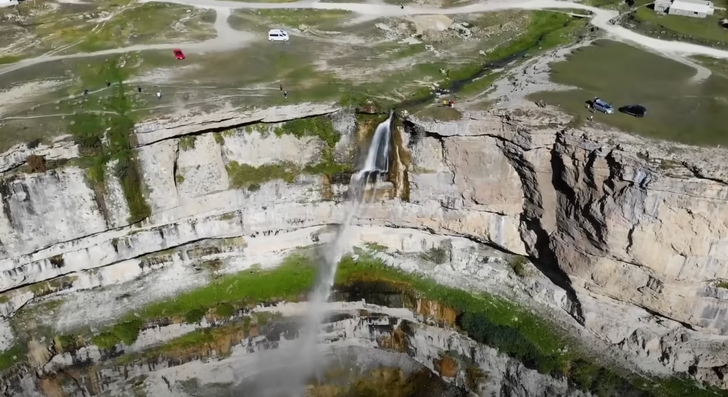
As the ice sheets were moving southward, they created the basins of the Great Lakes. Then they melted, releasing enormous amounts of water into the basins. Generally, the water we drink is “fossil water.” Only 1% of it renews through the year, with the remaining 99% coming from ice sheets. The Niagara Peninsula hasn’t been beneath the ice for nearly 12,500 years. As the ice melted, the resulting waters started to flow down through what later turned into the Niagara River, Lake Erie, and Lake Ontario. It took a lot of time, but the water eventually eroded cliffs and formed these spectacular Falls. You might have noticed that the Niagara River is amazingly green. This specific color tells us how powerful water is when it comes to erosion. Every minute, Niagara Falls spew over 60 tons of dissolved minerals. All that, together with dissolved salt and finely ground rock, makes the color so magnificent.
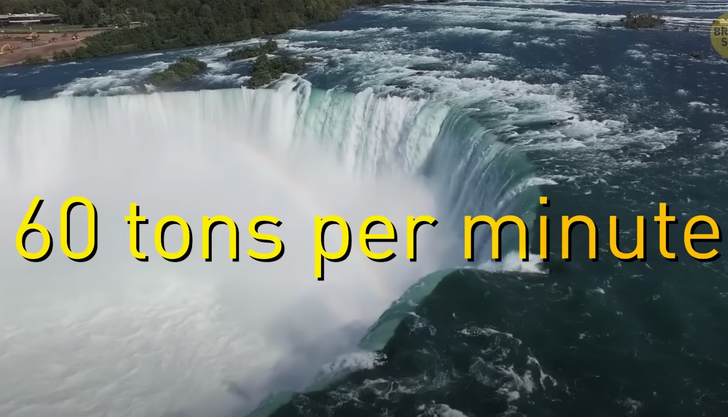
People who live in the United States and Canada — or, more precisely, over a million people who have access to the area — use the waters of the Niagara River for different purposes. For example, fishing, getting drinking water, doing recreational activities — including swimming, boating, and bird-watching — producing hydro-electric-power energy, and so much more. The first hydroelectric generating station in the world was built at the end of the 19th century, and it was right next to the falls. Pretty soon, it started paying off because people were getting electricity from it. But this electricity could travel only 300 feet, so something needed to be improved there. Nikola Tesla was the one who took up the challenge and made the necessary changes. He discovered that electricity could travel long distances if an alternating current was used. Today several Niagara Falls power plants provides over 2 million kilowatts of power.
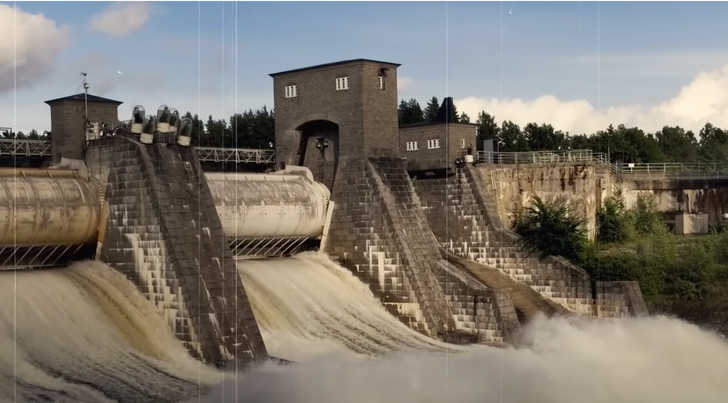
Okay, I’ll tell you another interesting thing — 1969 wasn’t the only time when Niagara Falls stopped. Back in 1848, the water didn’t flow over the falls for up to 40 hours. The Falls were already very popular among tourists and a useful source of energy for local people, so no wonder they freaked out. Nature was to blame this time — ice blocked the source of the Niagara River. An American farmer was the first one to notice it. It was March 29, and he went for a walk right before midnight. Soon, he realized he couldn’t hear the powerful roar of the falls. He quickly went to the edge of the river and stood there in shock — there was hardly any water.
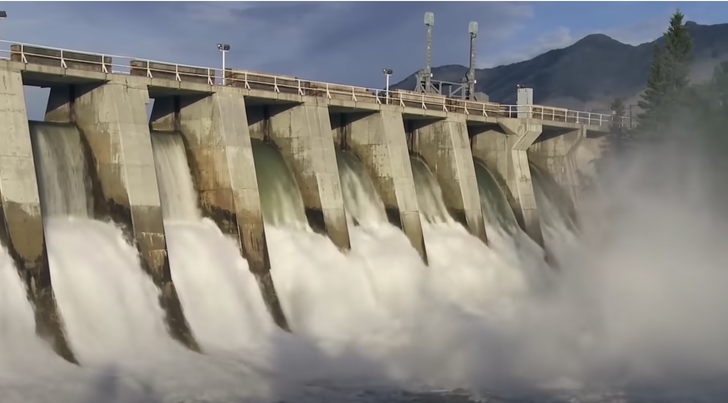
Factories and mills had to shut down because they depended on that water. Turtles were just wandering around; fish didn’t survive. Some people took a walk on the river bottom, taking little things they could find there as souvenirs. But two days later on March 31, people heard a distant rumbling coming from upriver — it was getting nearer and louder until a wall of water appeared in front of their eyes. And one of the world’s greatest attractions that millions of tourists visit every year was back in business again — magnificent and, in the end, invincible. As it should be.











